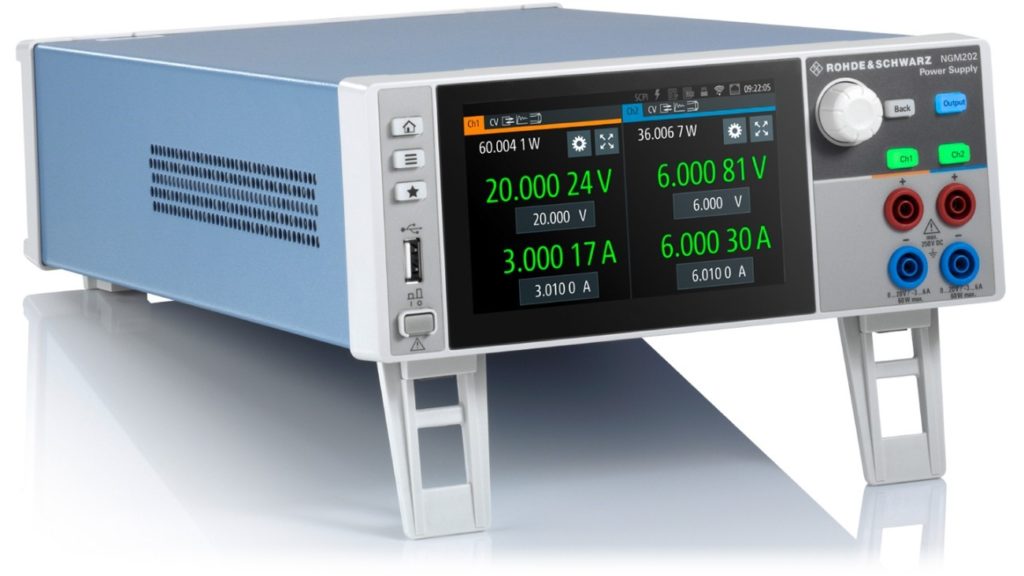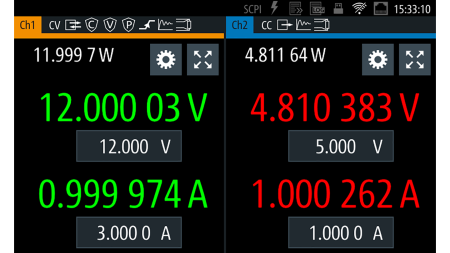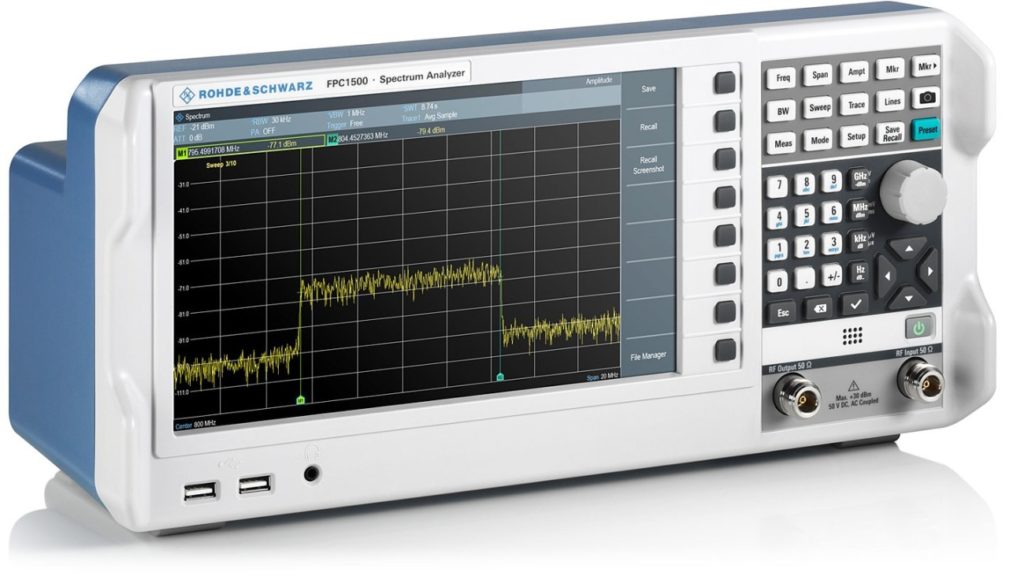Power consumption is a key performance parameter for almost every electronic device. Conserving energy is good for the environment and significantly impacts costs, customer experience, and a solution’s lifetime.
Low-power consumption is relevant for all electronic devices. Whether powered by the grid, a large battery pack, a coin-sized battery, or energy harvesting.
As the internet of things (IoT) grows, low power design becomes more critical. They rely on low-power wireless technologies such as Bluetooth® Low Energy, NB-IoT, LoRaWAN, or Sigfox.
Batteries in IoT devices often last ten years or more, such as those in smart water meters. So delivering this kind of low-power consumption involves more than just low-power technologies and components.
Low-power design generally starts with a low-power system concept. This concept means selecting the best low-power communication technologies and components, utilizing their power-saving features.
Most processing platforms and communications chips have different power modes: active, standby, sleep and deep sleep. In addition, communications technologies provide specific energy features based on the required communications behaviour, for example:
NB-IoT and LTE-M support a power-saving mode (PSM) and extended DRX (eDRX) modes. In addition, the wake-up radio feature was recently introduced.
Bluetooth® Low Energy – a low-power technology that has allowed dynamic power control since the introduction of Bluetooth®5.2
Wi-Fi 802.11ax supports several power-saving features for IoT applications, such as wake-up radio.
Testing helps optimise low-power design

Understanding a device’s power consumption behaviour is very important. For example, Bluetooth® chips typically have different operating modes:
- Idle
- Sleep
- Deep sleep
Some with very low sleep currents of only a few microamperes and peak currents for transmission of several mA.
Therefore, monitoring power consumption during various tests and optimizing the usage of different modes is essential.

Secure lifetime operation with a single battery
Batteries used to operate low-power devices are another critical factor. Batteries have unique characteristics over their lifetime, such as energy density and discharge curves.
Advanced tests are crucial in every development phase to verify that the design works. The testing will determine its expected performance over the battery’s lifecycle.
Testing a device over such a long time is hardly possible, making battery simulation tests essential. The R&S®NGM200 power supply series can emulate a battery’s actual output performance, simulating both discharging and charging.
The R&S®NGM202 can even simulate two batteries at the same time.
Ensure best-in-class RF performance

Manufacturers have to ensure their wireless devices provide optimal RF performance for smooth -communications in all situations and locations. The impact of poor RF performance on the power consumption will often be overlooked.
Wireless communications technologies use different techniques to cope with signal problems:
• Adapt the TX power
• Switch to more robust modulation
• Coding schemes to start blind repetition of messages
• Use the protocol to repeat messages until successful transmission
All these techniques result in higher power consumption. The math is simple: sending a message twice more than doubles the time on-air and the power consumption. This increase makes verifying RF performance in the transmission and receiving path essential.
Performing spectrum measurements is worthwhile especially for a LoRaWAN signal. LoRaWAN signals operate in a sub- GHz bandwidth between 125 kHz to 500 kHz.
The R&S®FPC integrated marker function supports accurate measurements for different LoRa spreading and channel bandwidths. This helps verify that the device delivers the expected TX power within the required limits.
Summary
Many manufacturers are continuing to push the boundaries on new features and functionalities of their products, all packed into portable, handheld and battery devices. For these products, improving battery life by minimising power consumption is a huge differentiate between competitors, whilst improving its overall product lifespan.
Testing is an integral part of the design process and allows engineers to explore a number of power-saving techniques such as clock gating, power gating and multi voltage.










